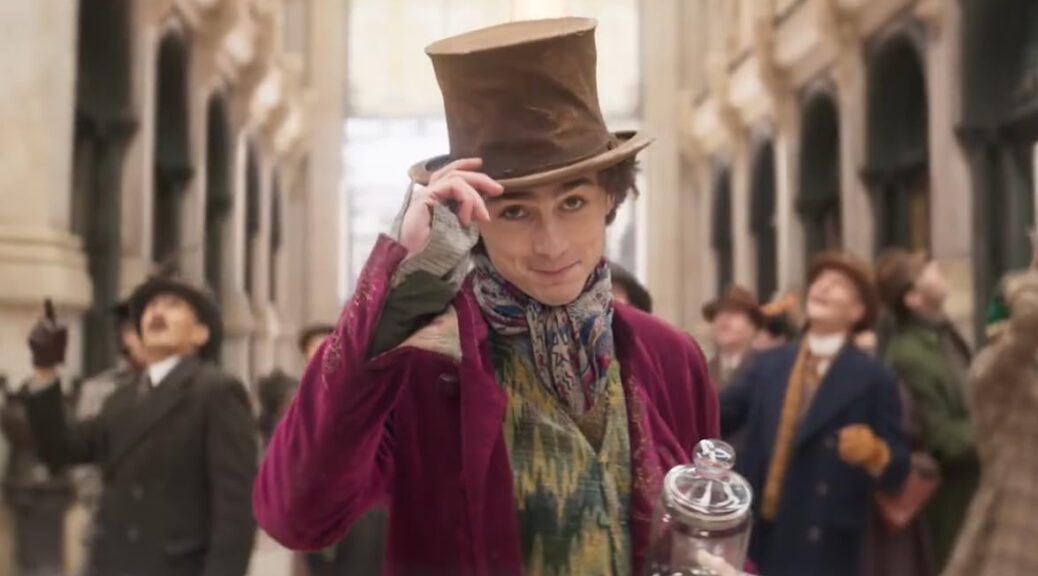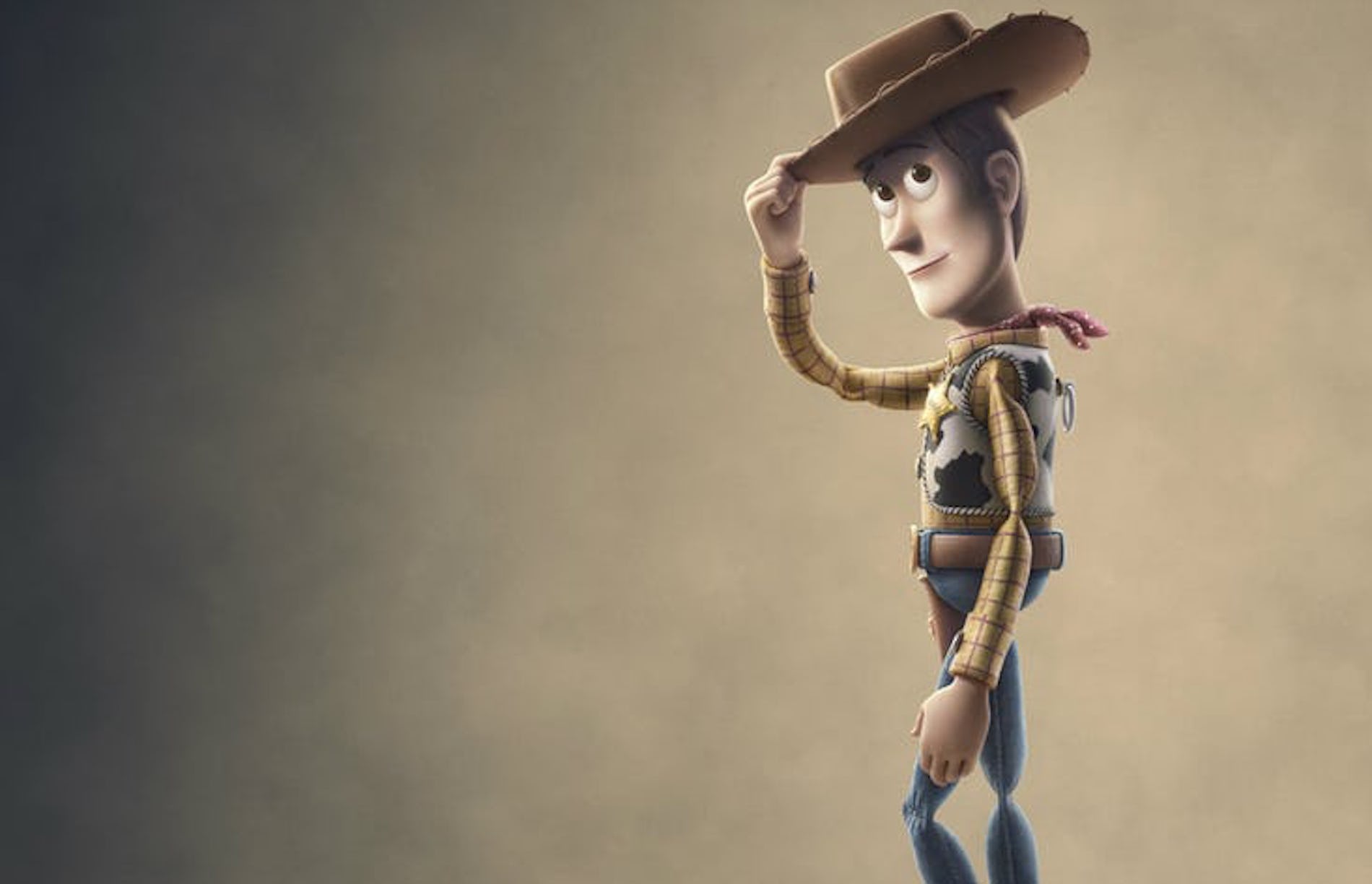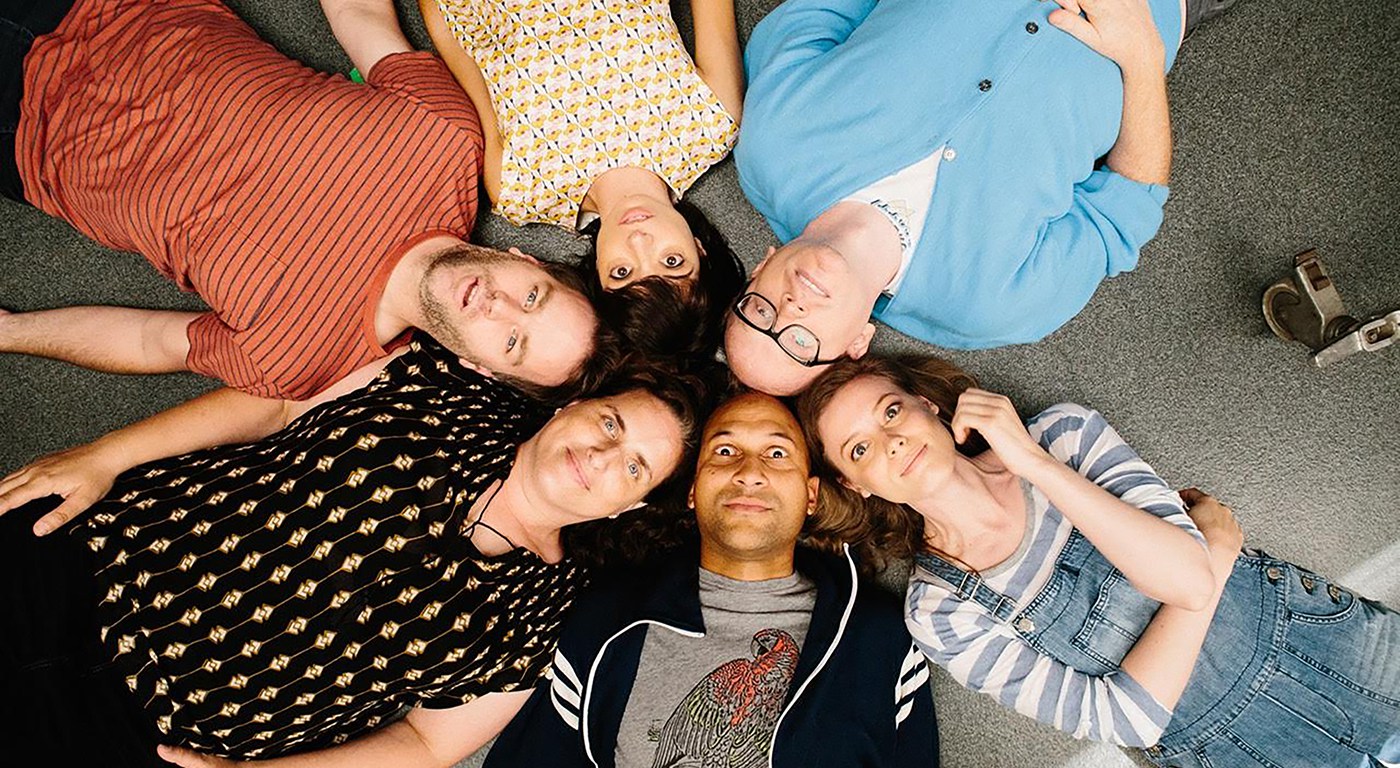Wonka
by Hope Madden
Multiple generations have been simultaneously scarred and entertained by Willy Wonka. Roald Dahl’s book leapt to the screen in 1971, and if we weren’t horrified by four grandparents choosing never to leave a single bed, we were terrified by Wonka or Slugworth or the Oompa Loompas. And if not, we were pretty sure people died on this chocolate factory tour.
And then in 2005, Tim Burton took his shot. There were giant teeth and Christopher Lee, which only added to the trauma.
You know who can make a Willy Wonka story that isn’t nightmarish? That guy who does the Paddington movies. Yes, Paul King co-writes and directs a delightful, never traumatic tale of young Willy Wonka (Timothée Chalamet) out to find his fortune as a chocolatier.
There is just something about King’s low-key whimsy that sits nicely. Gone is the macabre that haunted the other two Wonka iterations, replaced with a dash of grief and a spoonful of Dickensian working conditions.
Wonka heads to the big city with little more than a hatful of dreams. But he quickly learns that “the greedy beat the needy” as nefarious types take advantage of Willy’s good nature and naïve disposition. From slumlords (Olivia Colman, Tom Davis) to corrupt constables (Keegan-Michael Key, often in an unfortunate fat suit), to the greedy chocolate cartel. Plus there’s a vengeful Oompa Loompa (Hugh Grant) on his tail. But with friends and imagination – and chocolate – things never look too dire.
Wonka is a musical, which is its weakest element. No one sings particularly well, certainly not Chalamet, and the new songs don’t leave an impression. But Chalamet is endlessly charming, and an appealing supporting cast keeps things lively.
King’s visuals are intricate, vibrant and joyous as ever, which is a key ingredient in Wonka’s success. It’s a delight to watch. Though it never reaches the heights of either Paddington film, Wonka delivers family friendly and fun without any of the scarring side effects of the last two efforts.












